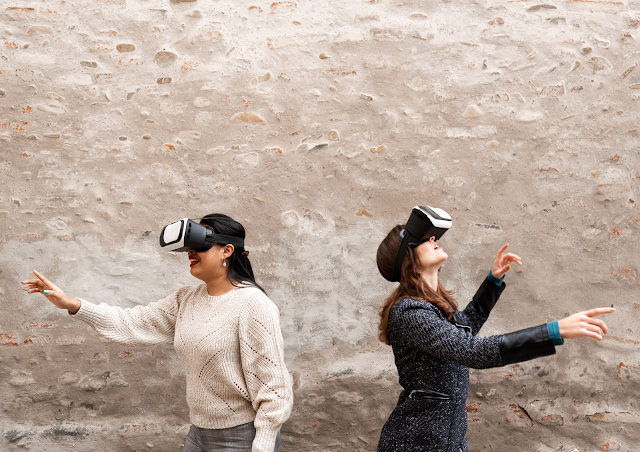In the grand scheme of things, our minds are like swamp mazes, complex and filled with twists and turns. Picture this: Two teams navigating through a swamp together, each trying to find their way out. What's fascinating is how often, despite walking the same paths and seeing the same landmarks, people forget the way and venture off course. This intriguing experience illustrates a fundamental principle of human perception: the map is not the territory. In this article, we will explore the concept that no two individuals share the same reality, backed by research and examples that shed light on our unique mental maps of the world.
1. The Fallacy of Shared RealityTo grasp this concept fully, we need to understand that no matter how meticulously we believe we're mapping the world, our mental representations can never fully capture reality. The most detailed map of a city, say Adelaide, can only ever be an abstract representation, not the living, breathing city itself. Our minds construct our reality based on our values, attitudes, beliefs, experiences, and personal stories. In essence, we all inhabit our own unique worlds.
2. The Diversity of Mental Maps
Each person's mental map of the world is as distinctive as their fingerprints. Even when we assume we're on the "same page" as someone else, we're still navigating our own unique mental landscapes. It's crucial to recognize that our beliefs, preferences, and perceptions are our personal constructs, and they may differ significantly from those of others.
Research in psychology supports this idea. Studies have shown that individuals interpret and perceive the same events differently based on their backgrounds, cultural influences, and personal histories. This diversity in mental maps highlights the complexity of human perception.
3. The Ineffectiveness of Logic
We often make the mistake of trying to change someone's perspective through logic alone. However, it's not as simple as identifying flaws in their mental map and pointing them out. People cling to their mental maps because, in some way, these maps serve them. They might provide comfort, protection from emotional harm, or a sense of identity.
Consider the case of someone consistently arriving late to school despite knowing logically that they should be on time. Logic alone doesn't work here. To understand why they behave this way, we need to delve into how being late serves them. Perhaps being late helps them avoid heavy workloads, traffic, or a perception of "losers" who are punctual. The reasons can be as varied as the individuals themselves.
4. Evaluating Our Own Maps
The same principles apply to our own lives. Once we fully understand our mental map regarding a specific aspect of our lives, we can assess what it's costing us. We can ask ourselves questions like, "What is this choice costing me?" or "What is this choice preventing me from doing?" This introspection can reveal how our mental maps shape our experiences and decisions.
5. Information Processing and Mental Maps
Our minds are constantly bombarded with around two million bits of information per second. However, we can only process a fraction of this—about 132 bits, or 7 plus or minus 2 chunks of information. To manage this influx, we employ a process of deletion, distortion, and generalization, based on our mental maps.
For instance, if we hold a belief that the world is a harsh place filled with mean people, we will filter out acts of kindness as irrelevant and distort them as insincere. We will generalize negative experiences as representative of everyone. This filtering process influences our perception of reality.
6. The Power of Changing Our Filters
Given that we are constantly filtering and shaping our reality, the question arises: Should we change what we filter out? Altering our mental maps can profoundly affect how we experience the world. Imagine changing the belief from "People are mean" to "People are kind and compassionate with good intentions." This shift would lead us to delete evidence of unkindness, distort negative actions, and generalize acts of kindness as the norm.
Conclusion
In the grand journey of life, we must acknowledge that each person's mental map is unique and deeply personal. Our perceptions of the world are shaped by our beliefs, experiences, and values. Understanding this diversity in mental maps allows us to appreciate the richness of human experience.
Exercise
To truly appreciate the concept of unique mental maps, engage in an exercise. Recall an event or a significant memory from your life and discuss it with someone who was present at the time. Compare your memories of the event and notice how they differ. This exercise can be eye-opening, highlighting how two people can experience the same reality differently based on their individual mental maps.






